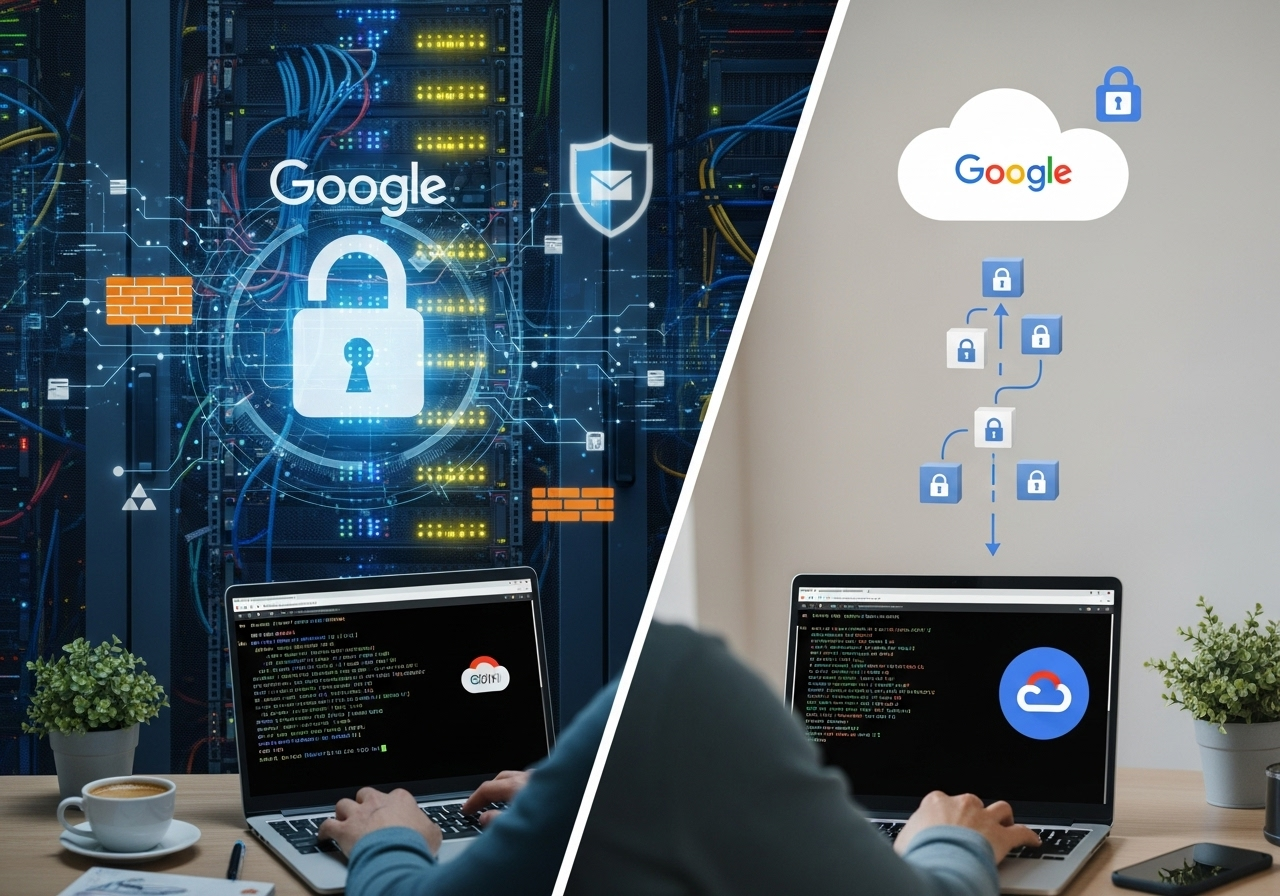Smart transportation promises a revolution: AI-powered systems optimizing traffic, managing fleets, and ultimately, making our commutes seamless. However, a significant challenge threatens to derail this vision: the distribution shift problem, a critical hurdle that could lead to AI failures with potentially serious consequences.
What is the Distribution Shift Problem?
Imagine training a sophisticated AI to control traffic signals. You feed it data about typical rush hour patterns, accident locations, and even the weather. The AI learns, making intelligent decisions, and everything runs smoothly. But what happens when unforeseen circumstances arise? A sudden snowstorm, an unexpected downtown concert, or even subtle shifts in commuter behavior can all throw a wrench in the works. The data the AI encounters in these situations differs from the data it was trained on. This is the core of the distribution shift problem: the data the AI sees in the real world no longer perfectly matches its training data, leading to potential performance issues.
This issue is highlighted in the research paper, “The Distribution Shift Problem in Transportation Networks using Reinforcement Learning and AI.” The study reveals that dynamic data distribution within transportation networks can cause suboptimal performance and reliability problems for AI systems.
Market Dynamics and the Push for Smart Solutions
The market for smart transportation is booming. Urbanization, the rise of electric vehicles, and the urgent need for more efficient and sustainable systems are fueling unprecedented demand. This presents immense opportunities for AI-driven solutions. However, increased growth brings increased scrutiny. The reliability of these AI systems is paramount. If a traffic management system falters due to a data shift, the repercussions could be severe: traffic bottlenecks, accidents, and widespread commuter frustration.
Finding Solutions: Meta Reinforcement Learning and Digital Twins
Researchers are actively developing solutions to address the distribution shift problem. One promising approach is Meta Reinforcement Learning (Meta RL). The goal is to create AI agents that can rapidly adapt to new environments and data distributions, essentially teaching these systems to learn on the fly. Think of it like teaching a dog to learn new tricks and respond to changing environments quickly.
The research indicates that while MetaLight can achieve reasonably good results under certain conditions, its performance can be inconsistent. Error rates can reach up to 22%, highlighting that Meta RL schemes often lack sufficient robustness. Therefore, more research is critical to achieve truly reliable systems. Furthermore, integrating real-world data and simulations is essential. This includes using digital twins—realistic, data-rich virtual environments—to enable safer and more cost-effective training. Digital twins will also facilitate the continuous learning, rapid prototyping, and optimization of RL algorithms, ultimately enhancing their performance and applicability in real-world transportation systems.
The Road Ahead
The future of AI in transportation is undoubtedly bright, but we cannot ignore the distribution shift problem. Overcoming this challenge is crucial for the success of smart transportation solutions. The focus should be on developing more robust RL algorithms, exploring Meta RL techniques, and integrating real-world data and simulations, particularly digital twins. By prioritizing these areas, companies can position themselves for success in this rapidly evolving market, ultimately delivering safer, more efficient, and sustainable transportation systems for everyone.
